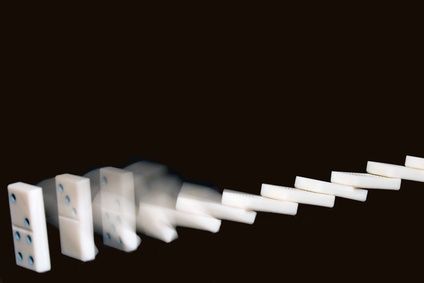Roast Sequencing
Date Posted:5 June 2008
Sometimes, thinking outside the square and provide amazing results
 |
We have developed a new, innovative technique that involves staggering the load of greens in a blend. |
The Way We Roast
I've long thought about the concept of balance and equalisation within the roast chamber when roasting blends.
Of course, there are all sorts of reactions (up to 800 actually, or more than 4 times as many chemical transformations compared to wine) occuring during a roast cycle.
Beans are inherently unique - they have certain DNA, cell structure, moisture levels, hardness and other characteristics that result in a coffee bean from Brazil being dramatically different to a bean from Guatemala.
Even the shape and size of the bean affects how it behaves within the roast chamber.
Despite all the focus and attention on Single Origins, the reality is a blend, when designed correctly, will always outperform a single origin.
OK, there are a lot of one-eyed people out there that think the coffee world revolves around Single Origins.
Its an argument for another day.
Blending is the true artisan skill.
It takes years of hard-earned experience to consistently create outcomes that can have beautifully structured layers and complexity.
It can harmonise with your palate and reveal numerous flavor combinations.
So, what happens when you take a soft bean and blend it with a high-grown hard bean - is the soft bean over-roasted and the hard-bean under-roasted ?
Will the soft bean take the heat and what happens when the hard bean has not reached it's potential "sweet-spot"?
Does the soft-bean "give off" heat whilst the hard bean absorbs - is this the mythical equalisation we understand ?
A similar argument exists for small screen versus large screen.
Just to prove a few points, we have been conducting controlled experiments that involve dropping the green beans at variously timed intervals to gauge how the blend performs in the roast chamber once the drying phase completes and heat ramps are underway.
It's very interesting and as I've invested quite considerable effort and resources in testing all I can reveal is...............I'm excited.
This is potentially a revolution in roasting techniques.



